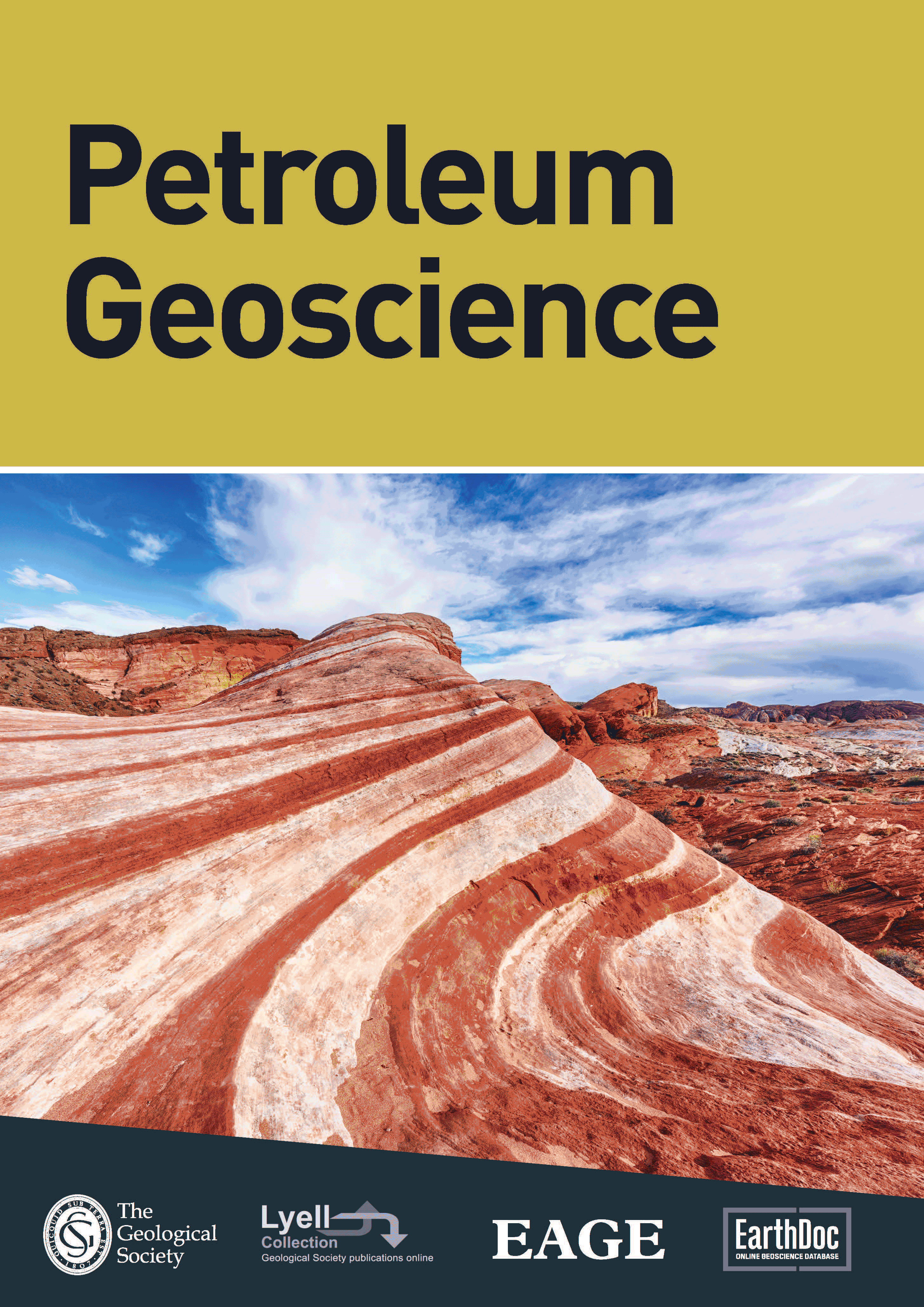
Full text loading...
 , Asghar Shams2
, Asghar Shams2
More than 20 pinnacle reefs have been discovered in the SE of the Ajdabiya Trough within Paleocene carbonate sediments, most of which are oil-bearing. However, detailed reservoir characterization and conditions governing oil fill-up in this reef have remained unresolved. The major faults provide paths for significant vertical movement of fluids at the edges of the Intisar reef reservoirs. At the same time, the ongoing karst solution collapse also creates vertical zones for fluid encroachment both outside of and within the productive area of the Intisar reef reservoirs. The seismic data show numerous karst-collapse features up to 300 m in diameter that developed shortly after the final drowning of the Intisar ‘B’ and ‘C’ reefs. These karst-collapse features may be the main contributing factor in the escape of hydrocarbons within these reefs, which could explain the high water cuts in the Intisar ‘B’ and ‘C’ reefs. However, the porosity of the southeastern part of the Intisar ‘A’ reef has been significantly improved by fracturing and dissolution, as faults associated with fractures are very common in this part of this reef.

Article metrics loading...

Full text loading...
References


Data & Media loading...

